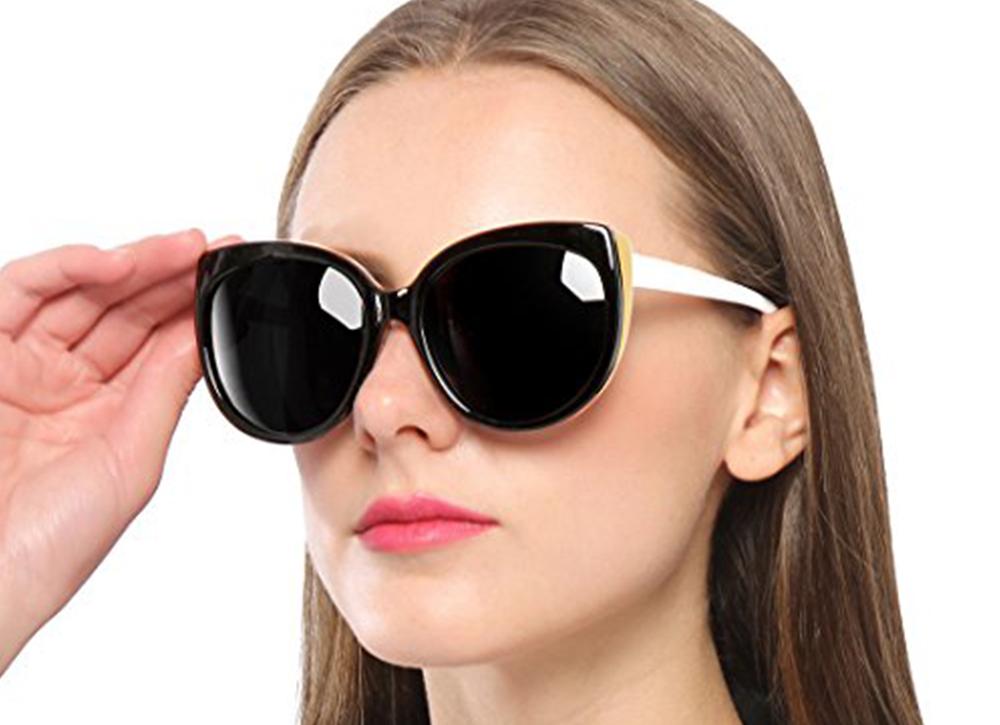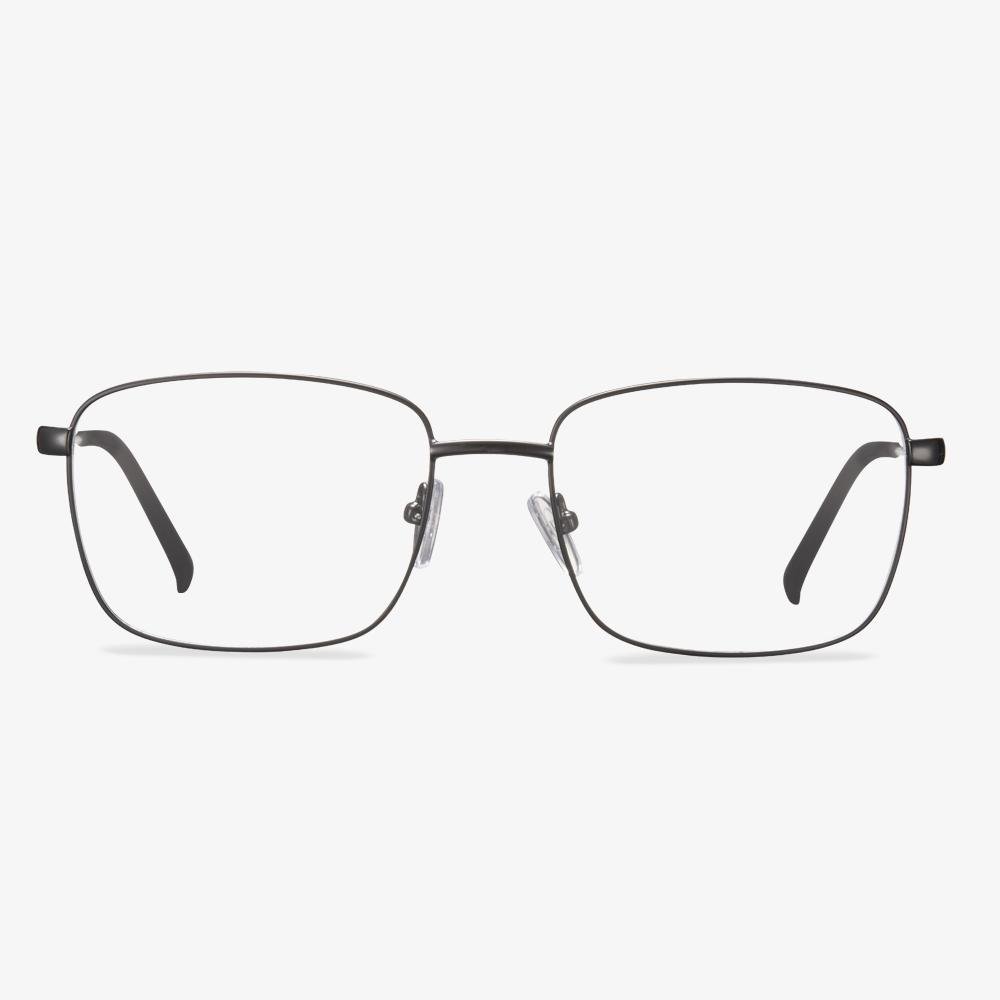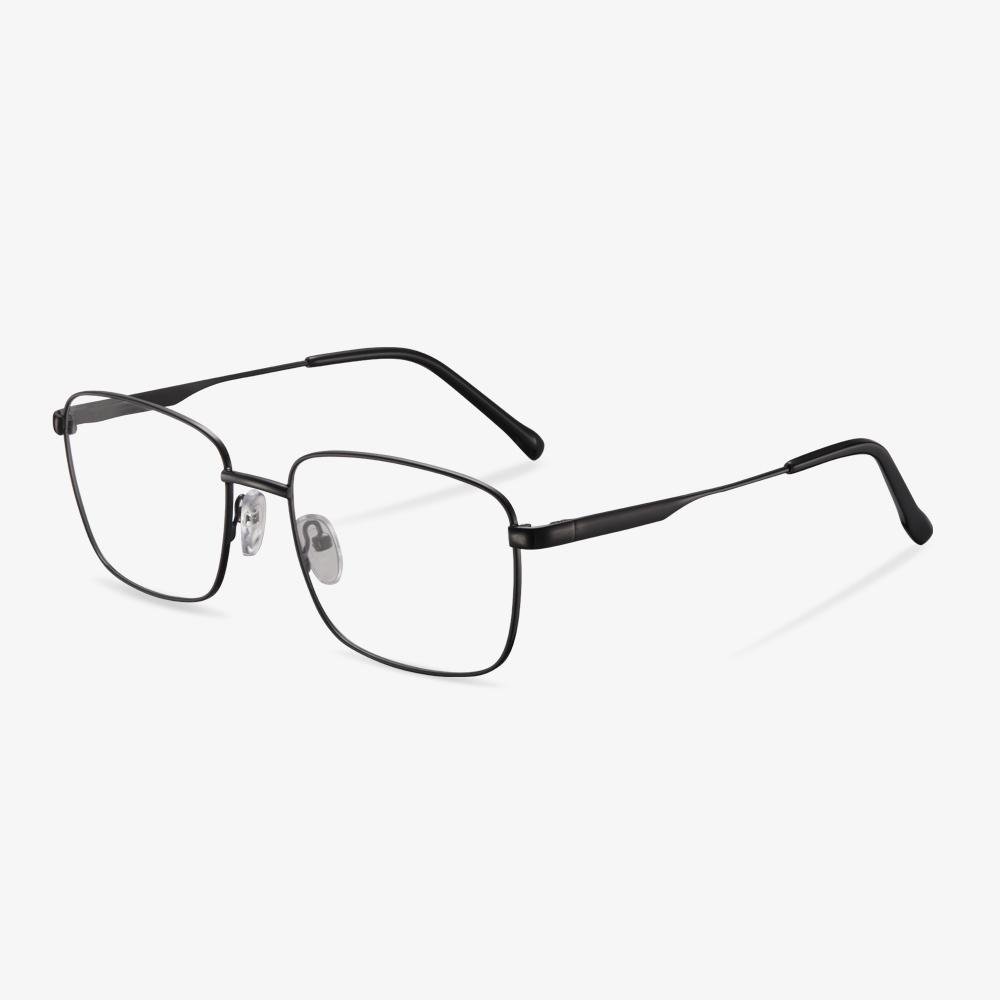In the previous article, we discussed “Do cheap sunglasses have UV protection?”. In this article, let’s talk about “What color tint is best for sunglasses?”.
Golden Lens
Gold lens sunglasses can filter 100% of ultraviolet rays, allowing infrared and 83% of visible light to penetrate the lens. Its biggest feature is that it can filter most of the blue light that is dazzling in the sun. After the golden lens filters the blue light, the natural scene can be seen more clearly. Therefore, wearing sunglasses with golden lenses when driving, you can see the road ahead more clearly.
Gray Lens
The gray lens absorbs any color spectrum evenly, so it will darken when exposed to strong light but there will be no obvious chromatic aberration. The gray lens shows a real and natural view and is belongs to the neutral colors. And the gray lens can absorb infrared rays and 98% of ultraviolet rays. The biggest advantage of the gray lens is that the original color of the scene will not be changed due to the lens. Also, it can very effectively reduce the light intensity. Moreover, the color gray can reduce visual fatigue, and people who use more eyes can consider wearing glasses with gray lenses.(https://www.koalaeye.com/collections/polarized-sunglasses)
Pink Lens
This is a very common color. It can absorb 95% of ultraviolet light, and some short-wavelength visible light. In fact, this function is similar to that of ordinary untinted lenses, which means that pink lenses will not have a greater protective effect than ordinary lenses. But for some people, it still helps a lot psychologically because they feel more comfortable to wear. People with red-green color blindness can choose red lenses, which can increase the red-green contrast.
Green Lens
The green lens can be said to be represented by the 'Ray-Ban series' lens. Like the gray lens, it can effectively absorb infrared light and 99% ultraviolet light. But the green lens will make the color of some scenes change and distort. Moreover, the effect of blocking light is slightly inferior to that of gray lenses, but green is still as good as an excellent protective lens. Green has the effect of adjusting eyesight, and it is more suitable for students or people whose eyes are prone to fatigue.
Brown Lens
This kind of lens absorbs the same kind of light as the green lens but absorbs more blue light than the green lens. The degree of color distortion caused by brown lenses is greater than that of gray and green lenses, so the average person's satisfaction is also lower. But it provides another color choice, and can slightly reduce the halo of blue light, making the image clearer.
Yellow Lens
It can absorb 100% of ultraviolet rays and allows infrared rays and 83% visible light to penetrate the lens. The biggest feature of the yellow lens is that it absorbs most of the blue light. Because when the sun shines through the atmosphere, it is mainly represented by blue light. After the yellow lens absorbs the blue light, it can make the natural scene more clear. Therefore, the yellow lens is often used as a 'filter.' Yellow is the most sensitive color of visual cells, which can improve the sensitivity of vision. It is preferred for people with poor vision such as amblyopia.
Blue Lens
Sun blue lenses can be worn when playing on the beach by the sea. The blue color can effectively filter out the light blue reflected by the sea and the sky. We should avoid using blue lenses when driving because it will make us unable to distinguish the color of the traffic signal.
Thank you for your time in reading our passage “What color tint is best for sunglasses?”. For more information about sunglasses and eyeglassses, please continue to follow koalaeye.com. Also, it is welcome to share and forward to Facebook and Twitter.





































